Introduction
In today's fast-paced business landscape, the role of turnaround experts has never been more crucial. These specialists bring a wealth of experience and a fresh perspective to struggling organizations, helping them navigate complex challenges and emerge stronger. Market competition and technological advancements are relentless forces, pushing businesses to adapt every two to five years to stay relevant.
Research indicates that a significant number of companies face pressure to change due to competitive dynamics, making the expertise of turnaround consultants indispensable.
Historical case studies highlight the transformative impact of turnaround efforts. During the 2009 global economic crisis, many companies sought external expertise to not only survive but also to strategically position themselves for future growth. Companies like Intuit Inc. demonstrate the importance of agility, having recently laid off 1,800 employees to focus on artificial intelligence and customer-facing roles.
This example underscores the pivotal role of turnaround specialists in guiding such strategic pivots.
Turnaround experts are essential not just for immediate crisis management but for fostering long-term resilience and success. By leveraging industry best practices tailored to the unique needs of each business, these professionals ensure organizations are not just surviving but thriving amid constant change.
The Importance of Turnaround Experts
Turnaround professionals are instrumental in revitalizing struggling organizations, leveraging their specialized knowledge to uncover issues that may be overlooked by internal stakeholders. Their objective perspective allows businesses to reassess challenges, fostering the development of effective strategies for resolution. With a wealth of experience across various sectors, these experts apply industry best practices tailored to the unique needs of each business.
In a market where competition and technological advancements drive significant change, recovery specialists are indispensable. Research by principal analyst Bryan Solis shows that 51% of businesses cite market competition and growth opportunities as primary catalysts for change, while 41% attribute it to competitive pressure. This dynamic environment necessitates periodic adaptation, with nearly 80% of enterprises needing to adjust every two to five years to remain viable.
Case studies highlight the effect of restructuring consulting. For instance, during the global economic crisis in 2009, many entities faced unprecedented challenges, prompting them to seek external expertise. These consultants not only helped companies navigate the crisis but also positioned them for long-term success. Notably, strategic consulting firms themselves have had to adapt, as seen in recent staff cutbacks and shifts in recruiting practices.
A notable example is Intuit Inc., which recently announced a strategic pivot involving the layoff of 1,800 employees to reallocate resources toward artificial intelligence and customer-facing roles. This move highlights the importance of agility and the role of turnaround experts in guiding such transitions.
As Peter Drucker aptly noted, entities must leverage their strengths to weather disruptions and emerge more resilient. Turnaround specialists play a vital role in this process, ensuring that businesses not only survive but thrive amid constant change.

Diagnosing Problems in Restructuring
Effective diagnosis is the cornerstone of any successful restructuring effort. Turnaround specialists start with an exhaustive review of financial statements, operational processes, and market positioning to identify the root causes of decline. This diagnostic phase is thorough, often incorporating stakeholder interviews, employee surveys, and competitive benchmarking to ensure a comprehensive understanding of the entity’s challenges.
By leveraging advanced analytics and microdata, experts can provide granular economic insights that capture the unique characteristics and trajectories of individual firms. This approach not only identifies specific problems but also sets the stage for targeted interventions. For instance, William McKnight, an advisor to leading global organizations, emphasizes the crucial role of technology and modern data stacks in preventing business failure, highlighting the importance of informed decision-making in the diagnostic phase.
The transition to a new operational model, as seen with Intuit’s recent strategic move to focus on AI and customer roles, underscores the necessity of aligning diagnosis with future business needs. This comprehensive approach ensures that restructuring efforts are not just reactive but also proactive, positioning companies to thrive in evolving market conditions.
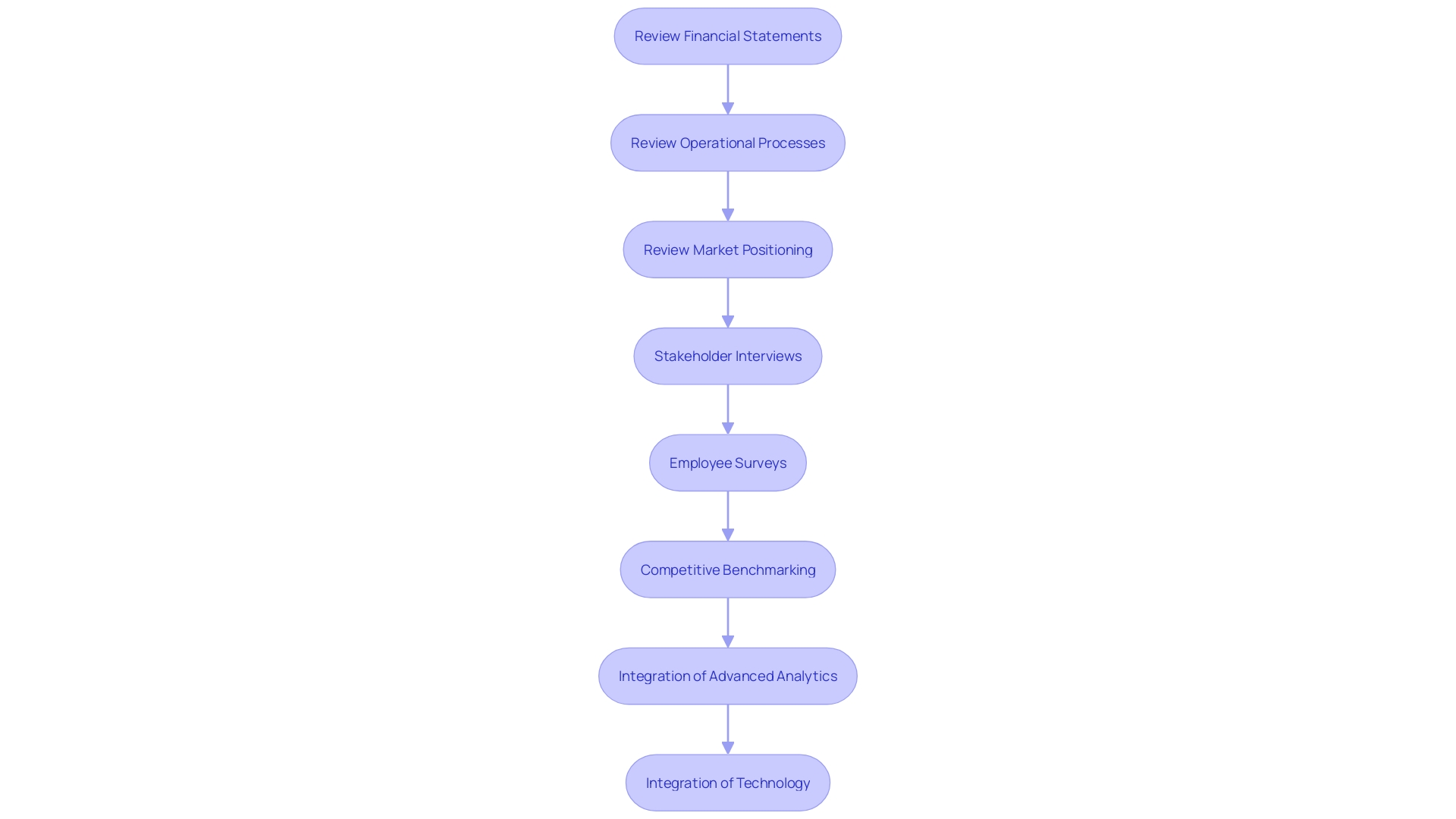
Developing a Turnaround Strategy
Once issues are identified, the next step involves developing a robust turnaround strategy with a focus on impact and feasibility. Turnaround experts collaborate closely with leadership to set clear goals and timelines, ensuring that resources are aligned for effective execution. Strategies might include financial restructuring, operational efficiencies, or market repositioning, all aimed at stabilizing the organization and paving the way for growth.
For example, John Young's multi-disciplinary approach in a major branded hotel led to a significant increase in sales within the first week by leveraging the hotel's city-center location to attract more diners. This comprehensive solution was a testament to the importance of knowing your market and prioritizing initiatives effectively.
Innovation is also key in these strategies. According to recent news, nearly nine out of ten people have experienced burnout in the past year, which can stifle innovation. Therefore, an immediate solution involves offering flexibility and paid time off to allow employees to recharge.
Moreover, aligning innovation plans with the firm's strategy can transform the business by managing risks and recognizing new opportunities. This method guarantees that the recovery strategy not only tackles present difficulties but also sets the organization up for lasting expansion.
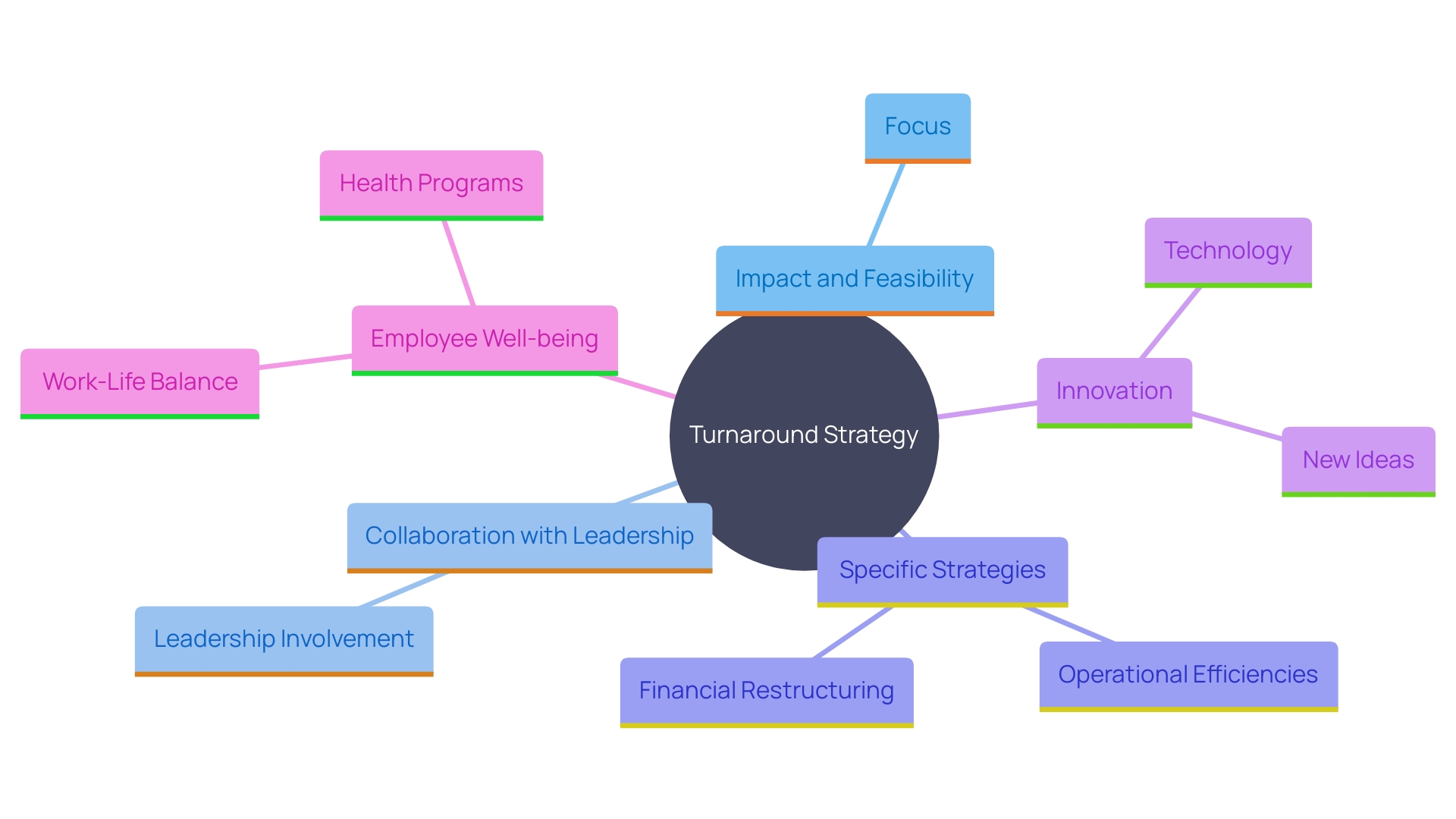
Key Steps in the Turnaround Process
The recovery process involves several critical steps: assessing the current situation, formulating a strategic plan, executing the plan, and monitoring progress. Each of these steps demands meticulous planning and clear communication with stakeholders to ensure alignment and minimize resistance. The importance of adaptability cannot be overstated, as demonstrated by Stora Enso’s transformation. Faced with declining demand for paper, Stora Enso pivoted to becoming a renewable materials company. This strategic shift, driven by emerging market trends and executed under new leadership, involved laying off over a third of its workforce to restore profitability. By continually revisiting strategies based on real-time data and feedback, restructuring specialists ensure they remain responsive to changing circumstances, thus driving successful reform efforts.
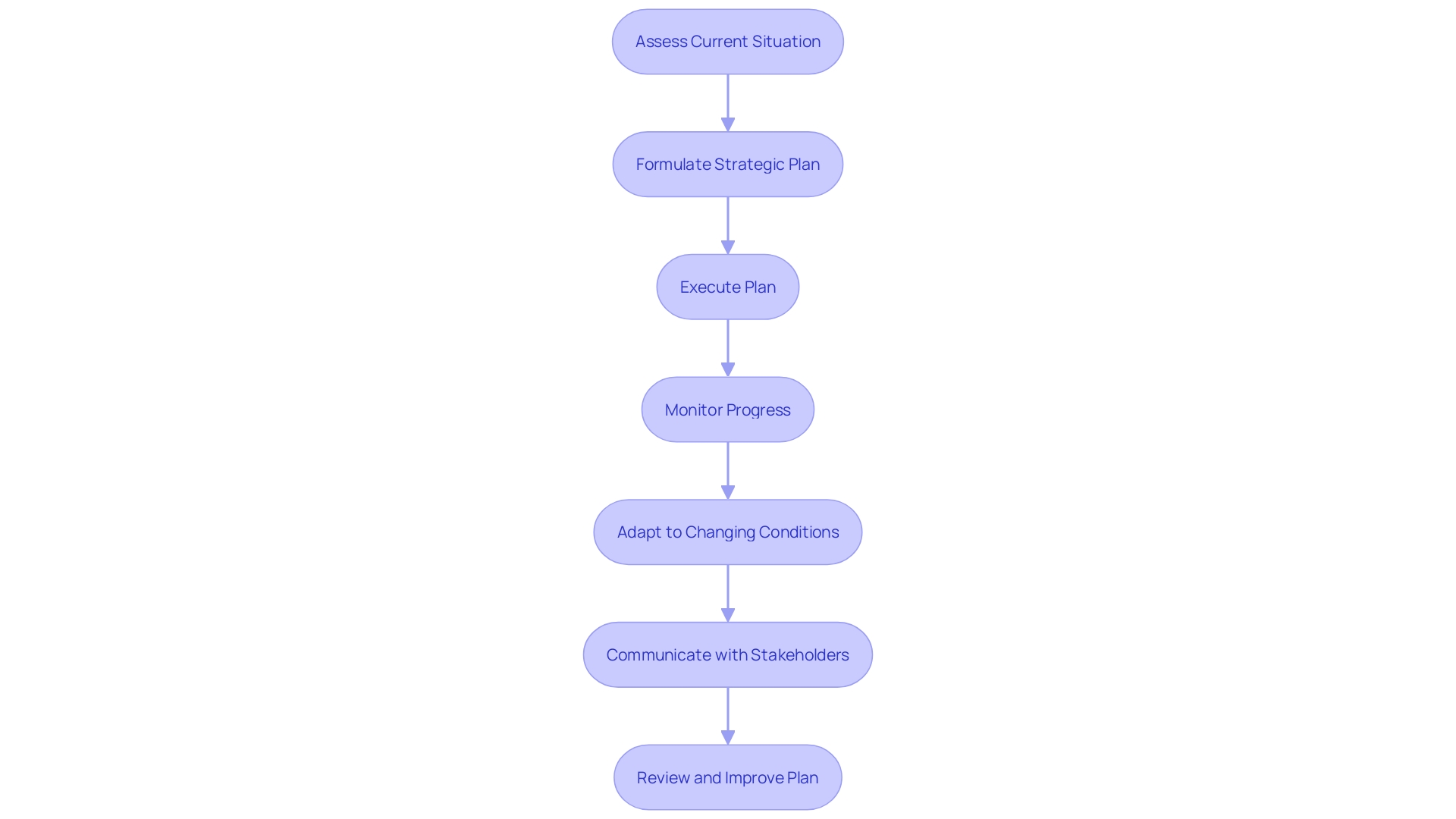
Role of Leadership in Turnaround Success
'Leadership commitment is the cornerstone of any successful recovery initiative.'. Turnaround specialists collaborate closely with leadership to instill a culture of accountability and transparency. This partnership is critical, as evidenced by Philips' transformational journey from a light bulb manufacturer to a health tech leader. Strong leadership inspires confidence among employees and keeps the organization laser-focused on its turnaround goals. Experts assist leaders in navigating tough decisions, effective stakeholder communication, and maintaining morale throughout the process. As Gary Shapiro emphasizes in 'Pivot or Die,' the ability to pivot and adapt is crucial for survival and success in today’s ever-changing business landscape.
Challenges and Considerations in Turnaround
'The process of reorganization presents numerous challenges such as resistance to change, limited resources, and external market pressures.'. As Joan Beets aptly put it, “Change is the only constant thing in life – and in business,” encapsulating the essence of the restructuring process. This transformation fundamentally alters the operational and organizational fabric of a company, aiming to enhance efficiency, reduce costs, and shift strategic focus. However, it also brings a wave of uncertainty surrounding job security, shifts in roles or leadership, and potential changes in work culture. This can lead to stress, anxiety, and even a sense of loss among the workforce.
Turnaround experts must navigate these hurdles while maintaining focus on the end goals. They equip organizations with the tools to manage change effectively, emphasizing the importance of adaptability and resilience. 'According to a McKinsey Global Survey, amidst organizational changes, 38% of employees found themselves distracted in their day-to-day activities, while initiatives pertaining to growth stalled.'. The survey further revealed that 66% of successful company reorganizations had developed a clear communication plan for all internal and external stakeholders.
Experts recognize that open and transparent communication plays a pivotal role in the reorganization process. Employees deserve to understand the reasons for organizational changes and the anticipated results. A clear, proactive communication strategy can help share information with employees and ensure collective awareness of the process. By anticipating potential obstacles, experts can proactively address issues before they escalate, ensuring a smoother transition and fostering a more resilient entity.
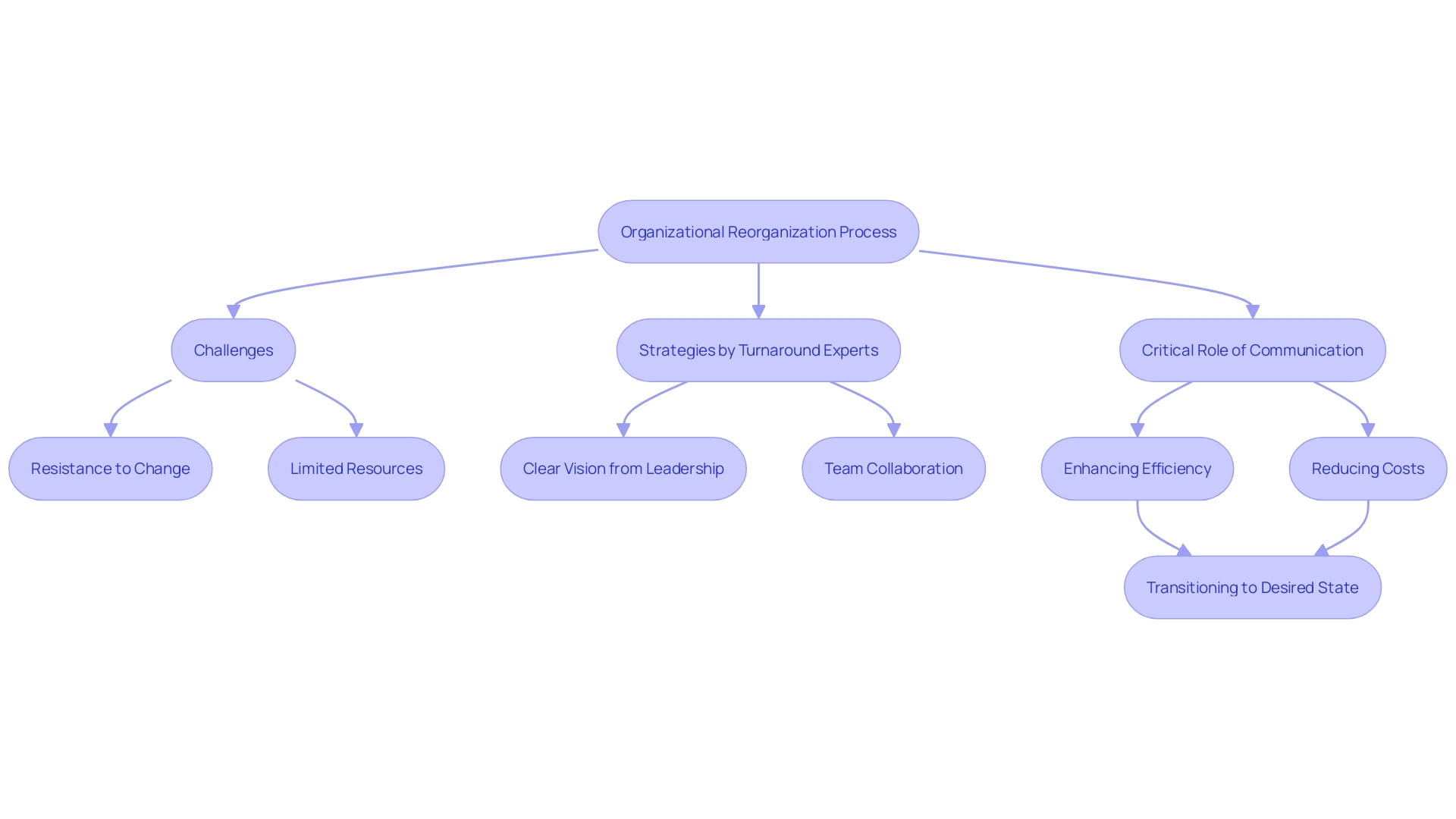
The Value of Professional Expertise in Turnaround
Utilizing professional turnaround expertise is essential for successful reorganization. These specialists bring extensive experience and a proven track record of implementing change in complex environments, offering invaluable insights into industry trends, financial mechanisms, and operational efficiencies. This expertise gives organizations a competitive advantage, allowing them to manage the complexities of reorganization effectively. According to a McKinsey Global Survey, 66% of successful company reorganizations had a clear communication plan, highlighting the importance of strategic communication in restructuring efforts. Notably, Intuit recently laid off 1,800 employees to reallocate resources towards AI and customer roles, demonstrating a strategic shift to drive growth. Such examples underscore the need for expert guidance to manage both immediate recovery and long-term sustainable growth, ensuring that the workforce remains informed and engaged throughout the process.
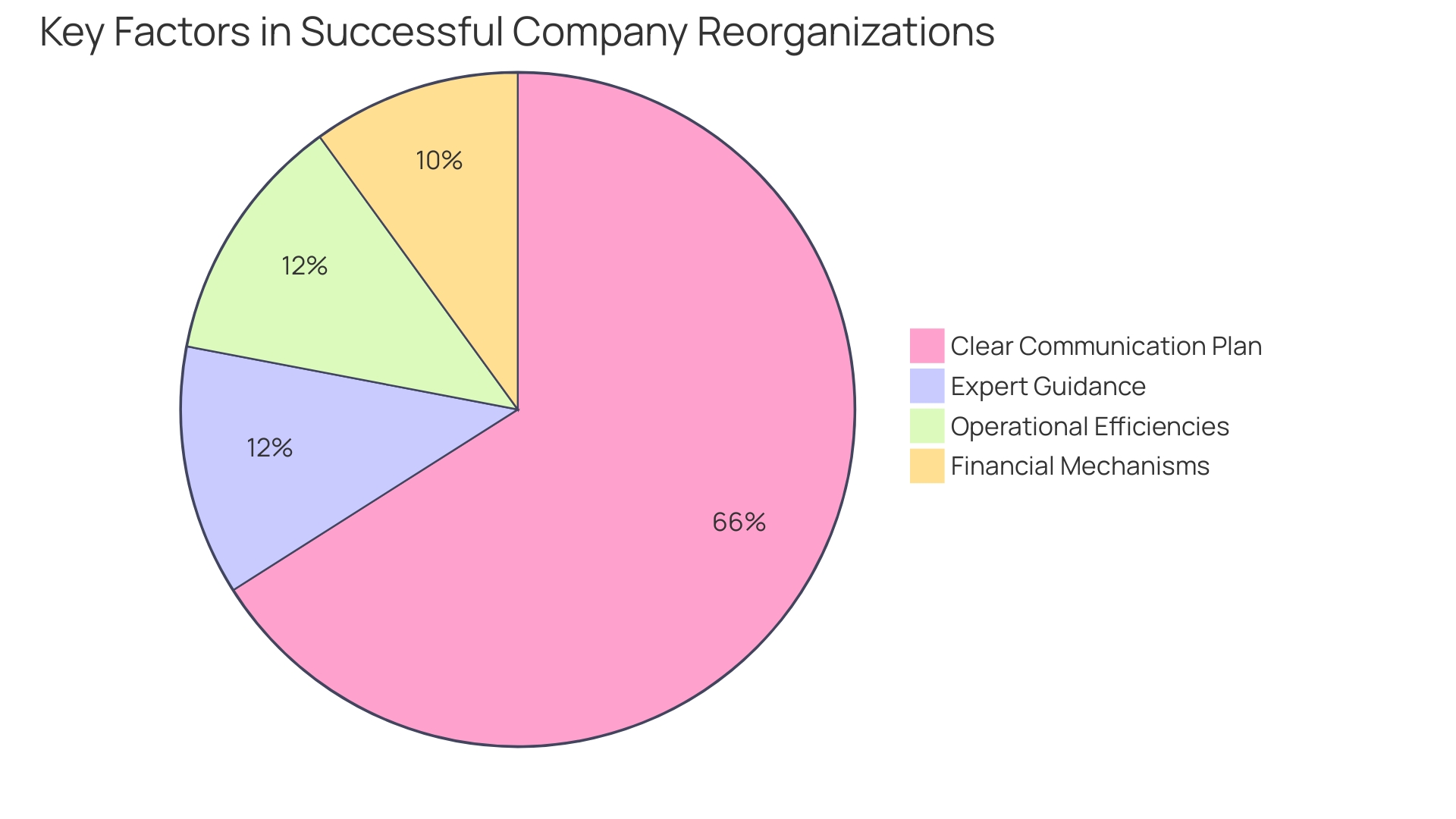
Conclusion
Turnaround experts play an essential role in revitalizing struggling organizations, offering a fresh perspective and specialized knowledge that internal stakeholders may overlook. Their ability to diagnose underlying issues through comprehensive analysis and stakeholder engagement positions businesses to address challenges effectively. In a competitive and rapidly evolving market, the expertise of these specialists becomes indispensable, ensuring organizations can adapt and thrive.
The process of restructuring is multifaceted and requires meticulous planning, clear communication, and unwavering leadership commitment. Each phase—from diagnosing problems to developing and executing a robust turnaround strategy—demands a proactive approach that aligns with the organization's long-term goals. Examples of successful transformations, such as those seen in companies like Intuit and Stora Enso, highlight the importance of agility and strategic pivots in response to market dynamics.
Navigating the challenges of restructuring is no small feat. Resistance to change and uncertainty can create obstacles, but effective turnaround experts equip organizations with the tools and strategies necessary for successful transitions. By fostering a culture of accountability and transparency, these specialists help maintain morale and focus on the end goals, ensuring that the workforce remains engaged and informed throughout the process.
In an era where change is constant, the value of professional expertise in turnaround efforts cannot be overstated. Engaging specialists not only aids in immediate recovery but also positions organizations for sustainable growth. Their insights into industry trends and operational efficiencies provide a competitive edge, empowering businesses to emerge stronger and more resilient in the face of adversity.




